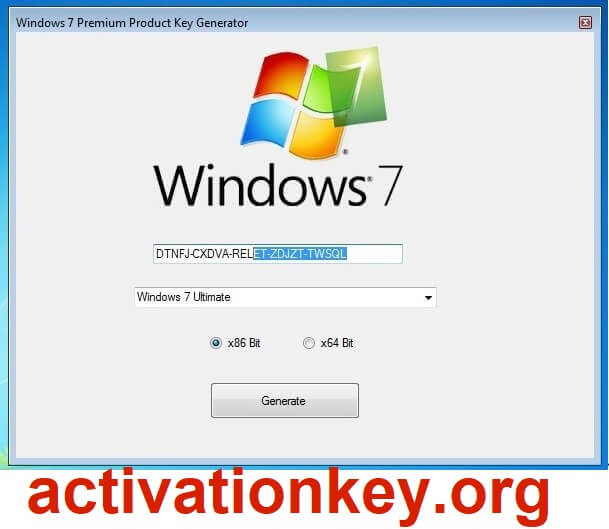

In Windows 8 you will want to access the classic Control Panel.Ģ.From the Control Panel, select System and Security.ģ.From the System and Security options, select System.Ĥ.Now, select Advanced system settings from the options on the left-hand side.ĥ.Under System Properties, make sure that the Advanced tab is selected. This tutorial was done on a Windows 7 machine, but the steps are similar on Windows 8.ġ.Open up the Control Panel. This can be done by clicking on the Start button and selecting Control Panel. If your system is running slowly, upgrading RAM typically will provide much more benefit than virtual memory adjustments. Often tweaking virtual memory is not the best solution for increasing system speed.

Additionally, the speed of your hard drive in some ways will dictate how much benefit you receive from virtual memory. Too much or too little virtual memory will decrease your system’s performance. How much Windows uses virtual memory is ultimately your choice and can be set by following these directions. When doing processor-heavy tasks and running low on RAM, Windows will use hard drive space as a memory substitute. The more RAM you have, the faster your PC will run. These two work together to compensate for lack of RAM and attempt to speed up your system.įor many actions RAM is directly correlated to your computer’s speed. Virtual memory combines your RAM memory with your hard drive space. Virtual memory helps your PC execute programs and actions quickly when you are running low on random-access memory (RAM). Posted Januby Alex Bahdanovich in Windows 7, Windows 8


 0 kommentar(er)
0 kommentar(er)
